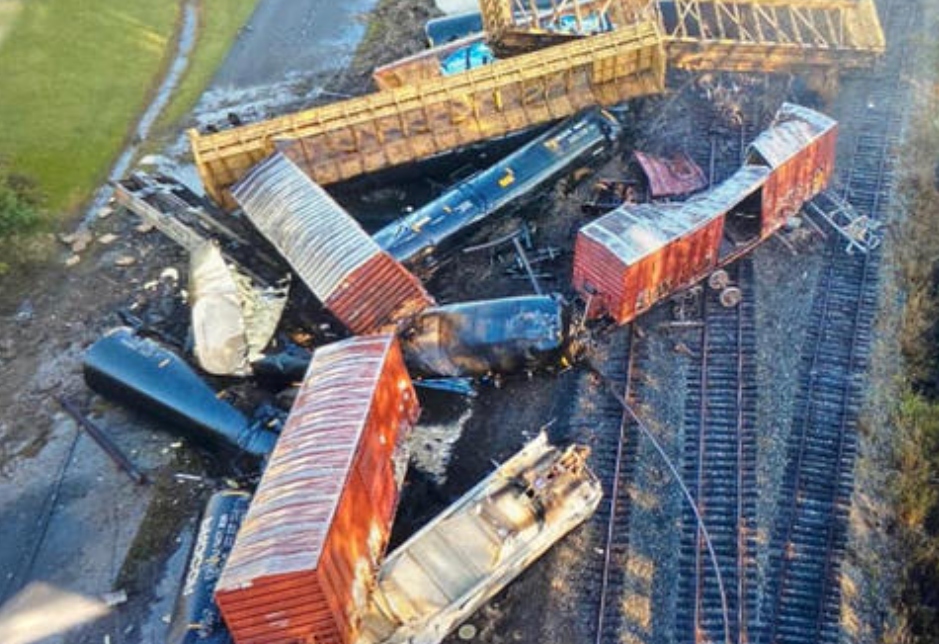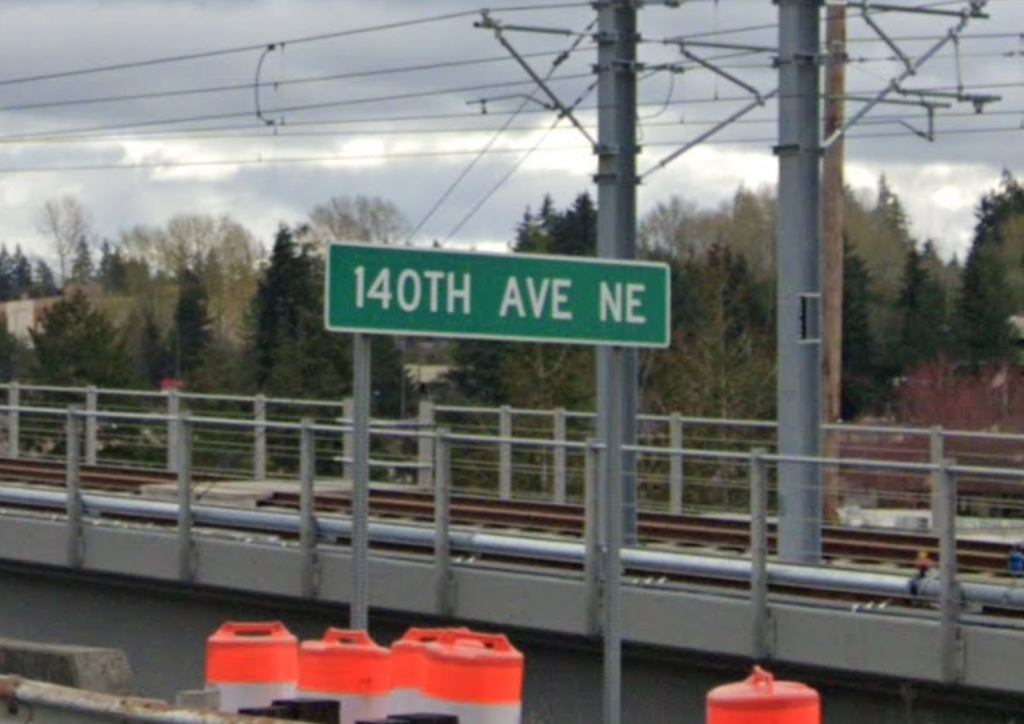Got a glimpse of next month’s Friday Nighter yesterday. The future is bright. NWRC President John Humphrey is your rallymaster for September and has put together nice roads and route instructions to keep both the drivers and navigators entertained.
Once again, we’ll be using the Richta GPS Checkpoints system, and Supplemental General Instructions. Scroll down a few posts to August 11th for links to the Supps and Richta Quick Guide. They are also available in the Documents section.
9/8 is less than 3 weeks away. See you soon!



